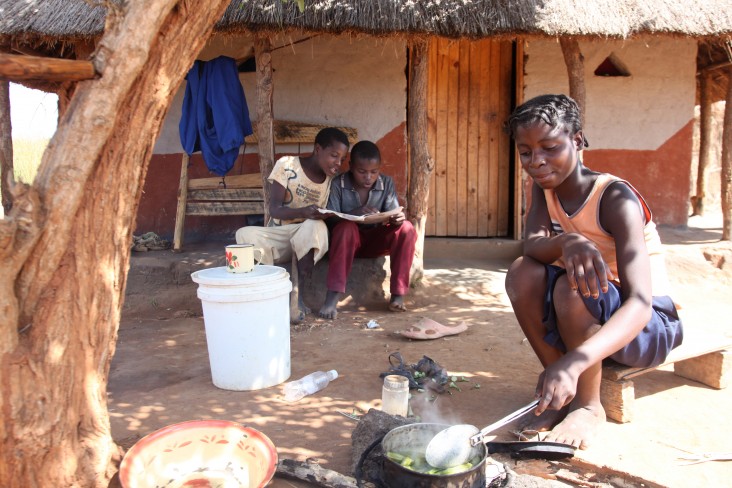Speeches Shim

While 94 percent of girls in Mozambique enroll in primary school, more than half drop out by the fifth grade, only 11 percent continue on to study at the secondary level, and just 1 percent continue on to college. Among children who finish primary school, nearly two-thirds leave the system without basic reading, writing, and math skills. USAID’s strategy calls for close collaboration with schools, teachers, administrators, parents, and communities to improve early grade reading outcomes. That includes: training teachers and school directors, improving learning materials, encouraging the use of reading diagnostic tools, and promoting greater parent and community engagement in education.
Improving Reading
The Government’s capacity to enhance school access has not kept up with its ability to improve quality. The rapid expansion has placed intense pressure on school management, teaching personnel, and the overall quantity and quality of effective classroom instruction, resulting in a large number of overcrowded multi-shift schools, growing student/teacher ratios, and plummeting reading and math test scores.
A USAID-funded study on school effectiveness found that due to teacher absenteeism, limited instructional time, and other factors negatively affecting educational quality, Mozambican schools were limited to, on average, 30 days of actual instructional time per 193-day school year in 2010. Furthermore, the study found that 59 percent of third-grade students in the 49 schools studied could not read a single word per minute nor recognize letters, and those students who could read only read, on average, five words per minute. The Ministry of Education reports that less than half of the population finishes primary school, and of those who do finish, only 8 percent transition to secondary school. Mozambique’s overall literacy rate is 47 percent; female literacy (28 percent) lags far behind that of males (60 percent).


Comment
Make a general inquiry or suggest an improvement.